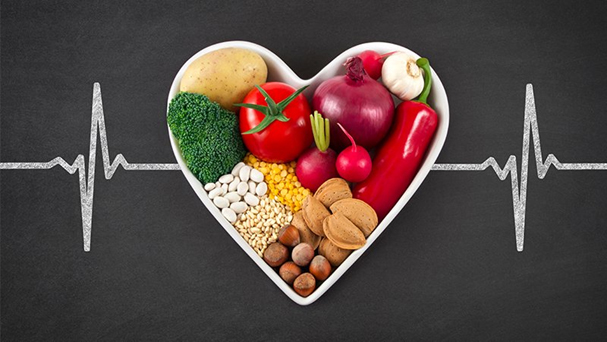Heart Healthy Diet: Eight Easy Steps to Prevent Heart Disease, Part III of IV
Take Control of Your Heart Health: A Dietary Approach
A trip to the cath lab or the discomfort of wearing a cardiac monitor is often a less-than-ideal experience. Why wait for a potential cardiac event? Taking proactive steps to improve your diet can significantly reduce your risk of heart disease.
Even if you've been following unhealthy eating habits for years, it's never too late to make a change. By understanding which foods to limit and which to prioritize, you can set yourself on the path to a healthier heart.

We know how hard it is to change your eating habits. To make it easier, start with these eight strategies to be on your way towards a heart healthy diet.
5. Choose low-fat protein sources
Lean protein sources like poultry, fish, low-fat dairy, and eggs offer excellent nutritional value. Prioritize leaner choices, such as skinless chicken breasts over fried options, and skim milk over whole milk.
Fish is a fantastic alternative to high-fat meats, especially cold-water varieties like salmon, mackerel, and herring, which are rich in omega-3 fatty acids. These healthy fats can help lower blood triglycerides. Other good sources of omega-3s include flaxseed, walnuts, soybeans, and canola oil.
Legumes, such as beans, peas, and lentils, are excellent plant-based protein sources.
They're naturally low in fat, cholesterol-free, and make great meat substitutes. Consider swapping animal protein for plant-based options, such as opting for a soy or bean burger instead of a beef burger.
Proteins to choose
Low-fat dairy products, such as skim or low-fat (1%) milk.
yogurt and cheese
Eggs
Fish, especially fatty, cold-water fish, such as salmon
Skinless poultry
Legumes
Soybeans and soy products, such as soy burgers and tofu
Lean ground meats
Full-fat milk and other dairy products
Organ meats, such as liver
Fatty and marbled meats
Spareribs
Hot dogs and sausages
Bacon
Fried or breaded meats
6. Limit or reduce salt (sodium)
Excessive salt intake can significantly increase your risk of high blood pressure, a major contributor to heart disease. The American Heart Association recommends that healthy adults consume no more than 2,300 milligrams (mg) of sodium daily, with an ideal limit of 1,500 mg for most.
While reducing salt added during cooking and at the table is crucial, a significant portion of our sodium intake comes from processed foods like canned soups, baked goods, and frozen meals. Prioritizing fresh, whole foods and preparing meals at home can significantly lower your sodium consumption.
When opting for convenience foods, choose low-sodium or no-salt-added options. Be mindful that 'sea salt' offers no nutritional advantage over regular table salt.
To further reduce sodium intake, carefully select condiments. Opt for reduced-sodium versions whenever possible. Salt substitutes can enhance flavor while minimizing sodium content.
Low-salt items to choose High-salt items to limit or avoid
Herbs and spices
Salt-free seasoning blends
Canned soups or prepared meals with no added salt or reduced salt
Reduced-salt versions of condiments, such as reduced-salt soy sauce and reduced-salt ketchup
High-salt items to limit or avoid
Table salt
Canned soups and prepared foods, such as frozen dinners
Tomato juice
Condiments such as ketchup, mayonnaise and soy sauce
Restaurant meals